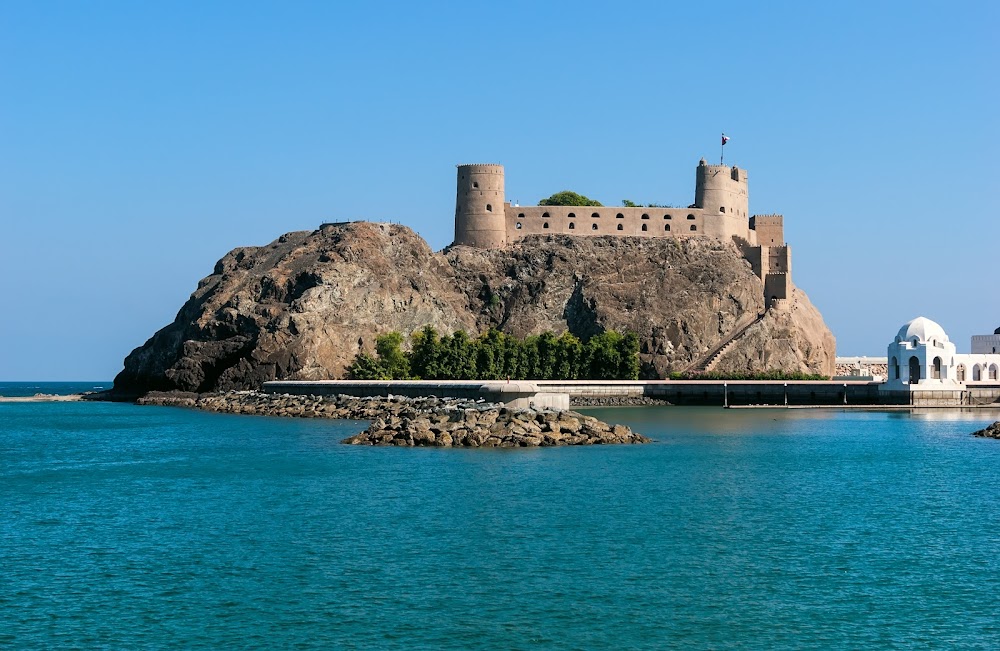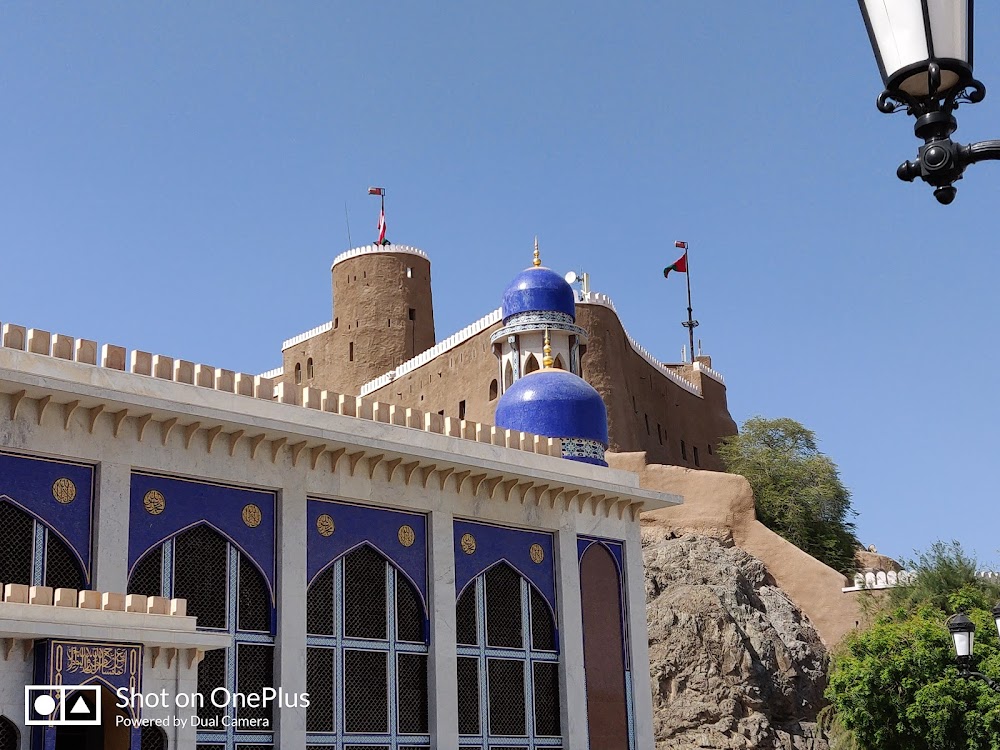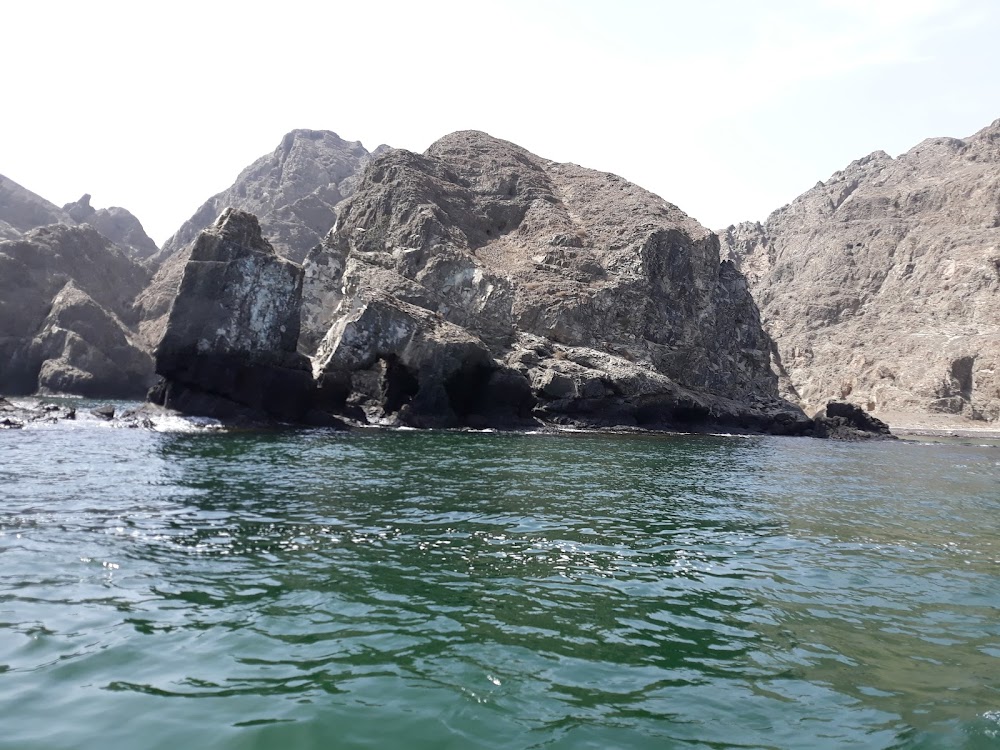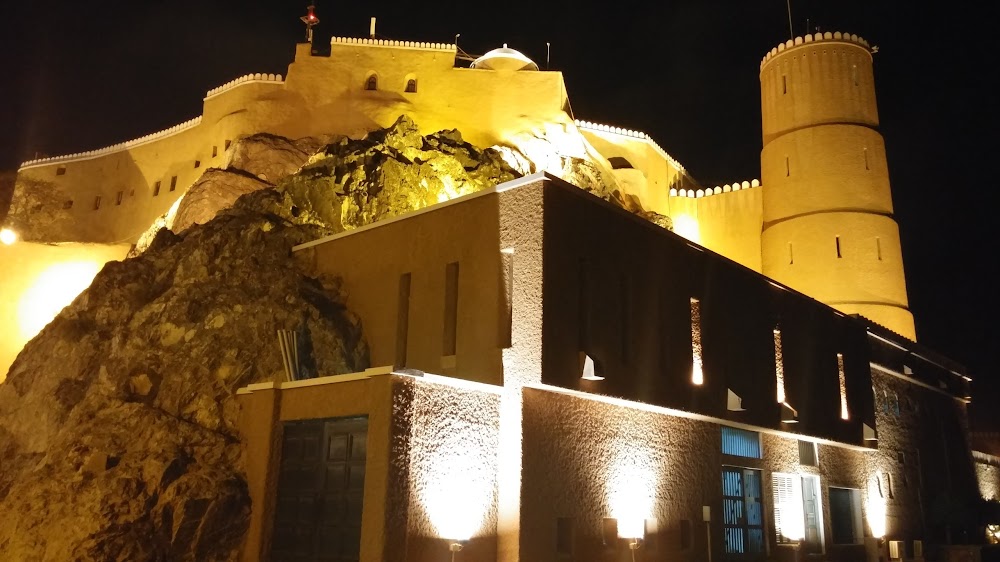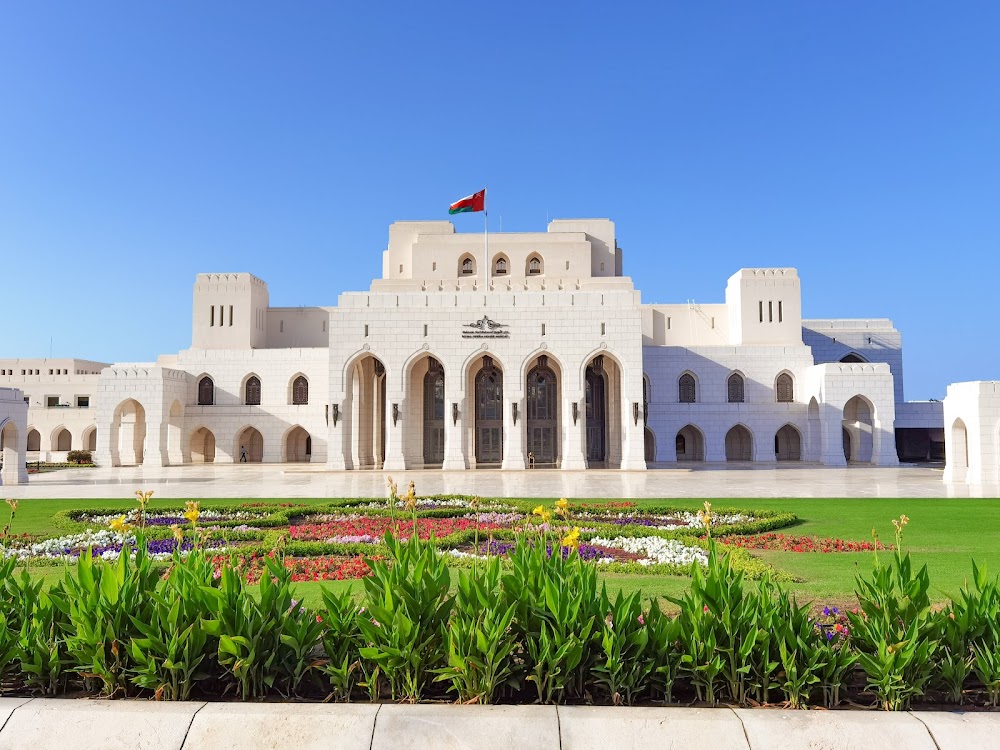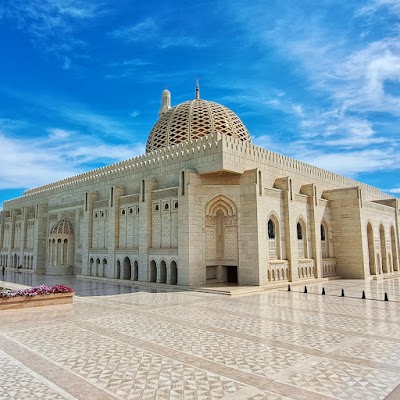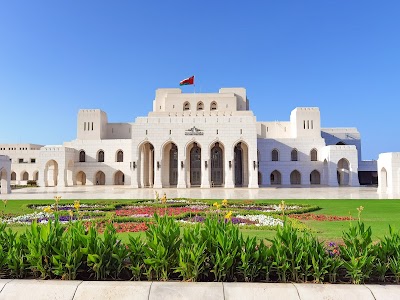Al Jalali Fort (حصن الجلالي)
Overview
Al Jalali Fort, also known as Ash Sharqiya Fort, is a historic fortress located in the heart of Muscat, the capital city of Oman. Perched majestically over the Gulf of Oman, this iconic structure stands as one of the city's most remarkable landmarks, encapsulating the rich heritage and strategic significance of this coastal region.
Historical Significance
Originally built in the late 16th century by the Portuguese during their brief occupation of Muscat, Al Jalali Fort served as a crucial stronghold for controlling key naval routes in the Arabian Peninsula. The Portuguese aimed to secure their maritime pathways to India, and Muscat was integral to their plans. Construction of the fort began in 1580 after the Portuguese successfully repelled Ottoman invaders, further solidifying Muscat's importance as a military outpost.
Architectural Marvel
Strategically positioned atop a rocky cliff, Al Jalali Fort offers breathtaking views of Muscat harbor and its surroundings. This commanding location enhanced its defensive capabilities while allowing for effective surveillance against seaborne threats. Built using traditional materials like stone and mortar, the fort was designed to endure both attacks and the region's harsh climatic conditions.
The fort’s architecture reflects classic Portuguese military design, featuring robust walls, battlements, and strategically placed watchtowers. Equipped with several cannons to cover all angles of attack, Al Jalali Fort also included facilities for housing soldiers, storing provisions, and securing armaments, ensuring that its garrison could withstand prolonged sieges.
Evolution Over Time
After the Portuguese departed Oman in the mid-17th century, Al Jalali Fort transitioned into the hands of local Omani rulers. Over the years, it underwent various modifications and renovations to meet evolving tactical needs. During the reign of Sultan Qaboos bin Said, the fort was meticulously restored, preserving its historical significance and opening it to visitors.
Traditionally, access to Al Jalali Fort was highly restricted, shrouding its strong defensive walls in mystique. Over the centuries, it served multiple purposes, including that of a prison. However, with modernizing efforts in Oman and a growing focus on tourism, the fort has become more accessible, symbolizing Oman's resilience and rich cultural tapestry.
A Unique Blend of Cultures
The architecture of Al Jalali Fort is a captivating blend of Portuguese and Omani styles, creating a unique aesthetic that attracts numerous visitors. The fort features inner courtyards, residential quarters, and towering structures that provide stunning panoramic views of Muscat and the Arabian Sea.
Today, visitors to Al Jalali Fort can explore its well-preserved interiors, which include ancient cannons, watchtowers, and original stone masonry. The fort also hosts small museums showcasing artifacts that narrate the history of Muscat and Oman’s maritime heritage.
A Symbol of Resilience
Al Jalali Fort is a significant part of Muscat's skyline, celebrated not only for its historical value but also for its architectural beauty. Alongside its twin, Al Mirani Fort, the two structures form the “Towers of Muscat,” creating a protective belt around the Old City. These forts serve as a reminder of Muscat's strategic importance in regional and global trade routes throughout the centuries.
In summary, Al Jalali Fort is more than just an ancient military stronghold; it is a testament to Muscat’s storied past, its strategic maritime position, and the rich tapestry of cultures that have shaped this vibrant city. Through careful preservation, it stands as an educational and cultural landmark, offering invaluable insights into the historical fabric of Oman.


